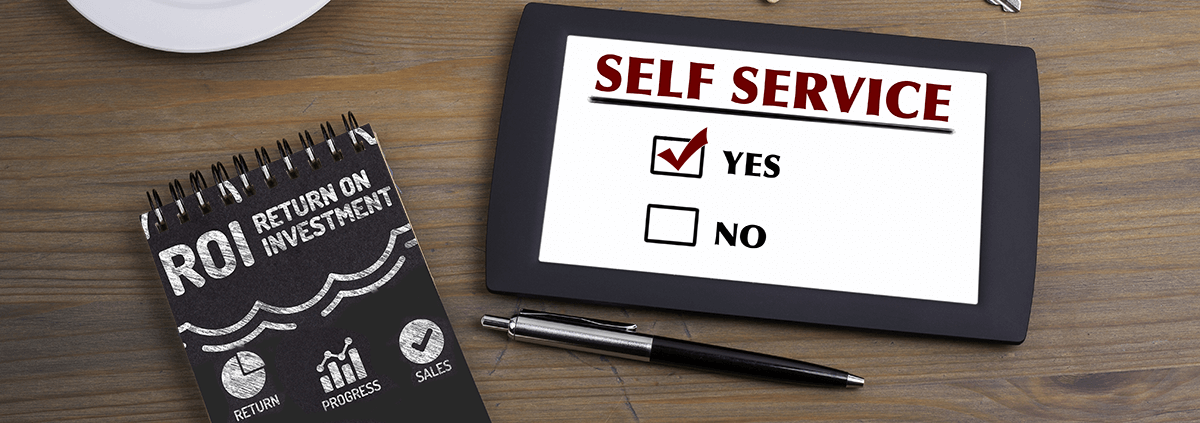Some sales managers don’t believe local business owners will use self-service to build and buy local retail display ads.
Sure, self-service works for contract users like funeral homes who place obits, or for lower-dollar liner ads like the ones we find in classifieds—but would a local business owner actually design and buy a display ad directly from your website?
Research conducted in 2018 by Borrell Associates reveals they will, and they want to. If you have attend a Borrell Conference, you have seen the charts.
But the skeptical sales manager believes, “What works for classifieds, Facebook and Google, does not apply to my local retail ad bundles.”
They may be right and wrong at the same time—or they may just be asking the wrong question!
Successful Retail Self-Service
A successful self-service strategy for local retail starts with a low-cost/high-impact platform that is used for “Do-It-Yourself” customers who find it on your website. It should also support your inside or outside sales teams, who access premium features, more packages and training (not to mention the automated lead lists for local businesses). If the first sale, no matter who makes it, pays for the platform, that’s the beginning of serious ROI.
Today, the automation technology created for self-serve advertising is so powerful that your account executives can use it to grow both the top and bottom line revenue—even if the customer-facing self-serve option itself is never deployed.
Wait! What?! If customers aren’t self-serving then who is? Your sales teams! You decide if you want to deploy the “do-it-yourself” features for customers who come to your website seeking more information about advertising.
Self-Service Today
In reality, self-serve platforms provide a different user experience for multiple audiences: management, inside and outside sales teams, as well as the DIY customer.
Automated ad-building, placement and payment radically reduces time spent by ad ops—especially when selling multiple mastheads or multiple digital and social media add-on options. As complexity increases, so does the need for DIY options that improve workflow and reduce paperwork for sales teams.
Multi-media advertising bundles empower inside sales teams to offer consistent options and place complicated campaigns in a click. There is one system and platform for all products—including print, digital and social—and all the processes—from building the creative, placing the order, purchasing a Facebook ad to collecting payment.
This is not a new concept. The classifieds and obituaries portals have worked this way for years, with one system that automates the back-end order-taking, design and payment for everyone—whether it is a DIY user, inside order taker or outside sales rep.
Offering a reliable DIY option on your website captures leads from businesses who start the process but abandon midway through. In fact, with programs like VistorTrack, you can see the names and addresses of businesses who visit your “learn more about advertising” self-service tool. Media companies can still use the automated tools on the back-end to power their advertising and ad-operation departments with additional efficiencies and savings. There’s no downside. They have nothing to lose.



